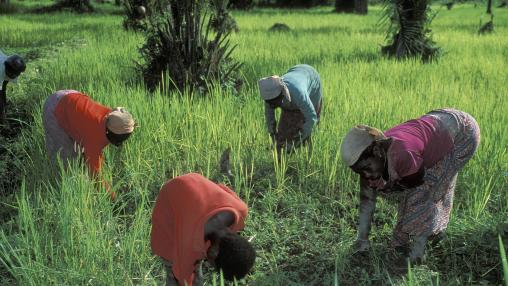
Can Africa Feed Itself?
Demand for cereals in Africa south of the Sahara could triple by 2050, and increasing current yields on the region’s existing farmland alone may not be enough to meet that demand, according to a new paper in the Proceedings of the National Academy of Sciences.
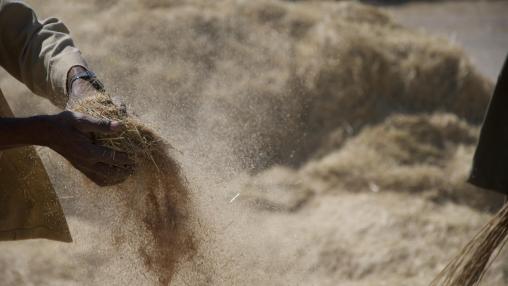
Post-Harvest Losses in Ethiopian Teff
It is a commonly held belief that post-harvest losses along staple food value chains in developing countries tend to be high. However, a new research note from the Ethiopia Strategy Support Program (ESSP) suggests that in the case of Ethiopian teff, this may not be true.
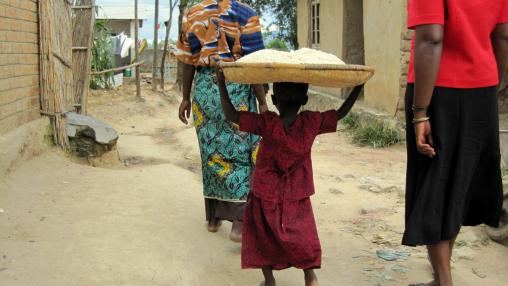
Malawi's Food-Insecure Population Expected to Grow
For the second year in a row, Malawi is facing a national maize deficit. In the 2016-2017 marketing year, the maize supply gap is expected to be 953,000 MT, according to a new Food Security Outlook from FEWS Net.
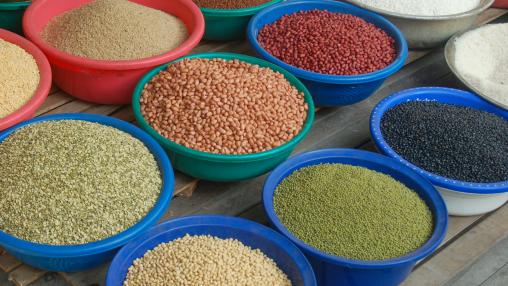
Latest GIEWS Country Briefs Track Food Security in Kenya, Senegal
FAO’s Global Information and Early Warning System (GIEWS) has released two updated country briefs for Africa south of the Sahara. The country brief series provides information regarding countries’ current agricultural season and harvest prospects for main staple food crops, as well as estimates and forecasts of cereal production, cereal imports, and food prices and policy developments. This latest round of updates includes new information for Kenya and Senegal .
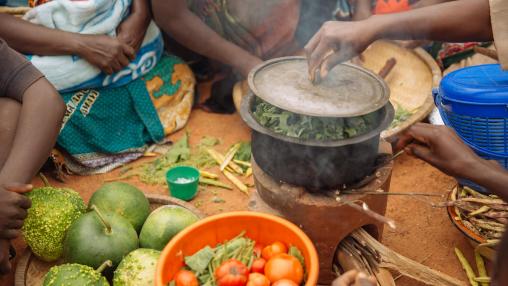
Hunger in Africa Highest in World
While global hunger has fallen significantly since 2000, hunger levels in Africa south of the Sahara remain high – they are, in fact, the highest in the world. This is the finding of the 2016 Global Hunger Index , released today by IFPRI, Concern Worldwide, and Welthungerhilfe.
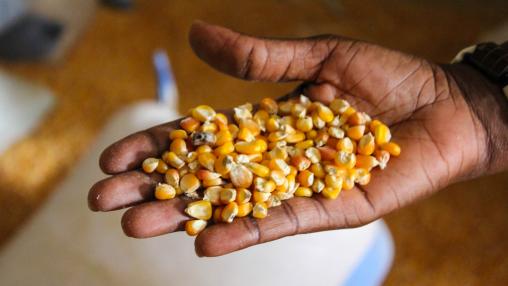
Africa Agriculture Status Report
The latest Africa Agriculture Status Report , launched last week by the Alliance for a Green Revolution Africa (AGRA) , reports significant progress in Africa’s agricultural sector following a decade of intensified attention from governments and the international community. Investment in agriculture by both governments and private sector actors has increased in many countries in the region, and there is evidence of increased agricultural productivity, enhanced nutrition, and increased off-farm job opportunities in the region’s expanding agri-food system.
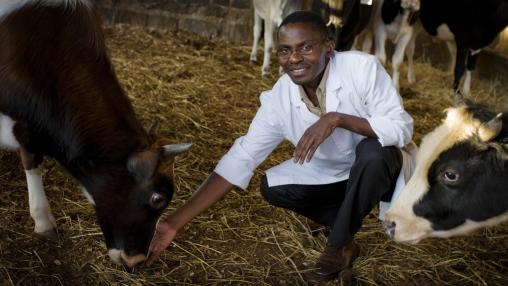
Agricultural Research to Drive Development
While agricultural productivity has increased in Africa south of the Sahara in recent years, it remains far below productivity in other developing regions, and this gap is only increasing, according to a new book released by IFPRI’s Agricultural Science and Technology Indicators (ASTI) program this week. This low productivity has undermined the competitiveness of Africa’s agricultural sector both at home and abroad and could exacerbate both poverty and food insecurity in the region due to a growing reliance on increasingly expensive food imports.
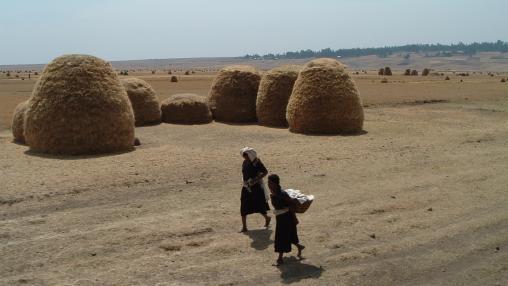
Ethiopia's Wheat Value Chain
Wheat plays a leading role in both the diet and the economy of Ethiopia. According to research conducted by IFPRI for the Ethiopian Agricultural Transformation Agency (ATA), wheat is the fourth most widely grown crop in the country (after teff, maize, and sorghum) and ranks fourth (tied with teff) in terms of the gross value of production. In addition, wheat and wheat products make up 14 percent of the country’s total caloric intake. Ethiopia also imports a significant amount of wheat for domestic consumption – between 25 and 35 percent.
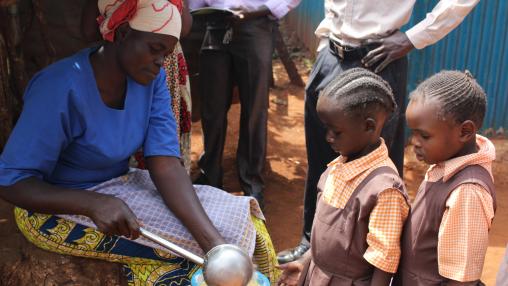
SDGs: Africa's Progress to Date
According to the World Bank’s 2016 World Development Indicators (WDI) report , extreme poverty rates have fallen in Africa south of the Sahara over the last two decades, but not as quickly as in other regions. SSA’s extreme poverty rates declined from around 55 percent in 1990 to around 45 percent in 2012, while extreme poverty in South Asia fell from 51 percent to 19 percent during the same period. Globally, extreme poverty rates decreased from 37 percent in 1990 to 13 percent in 2012.
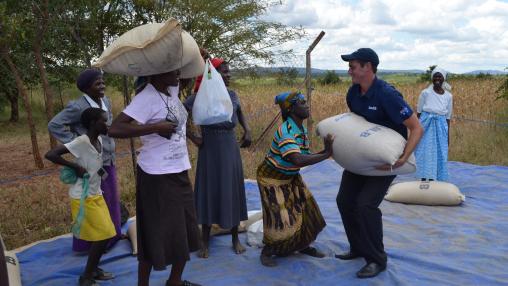
GIEWS Country Briefs See Mixed Crop Production, High Food Insecurity
FAO’s Global Information and Early Warning Systems (GIEWS) has released several new country briefs for Africa south of the Sahara. This series of briefs provides an overview of the food security situation in prioritized countries, focusing on the current agricultural season, harvest prospects for staple food crops and livestock, estimates and forecasts of cereal production, and food price and food policy trends.